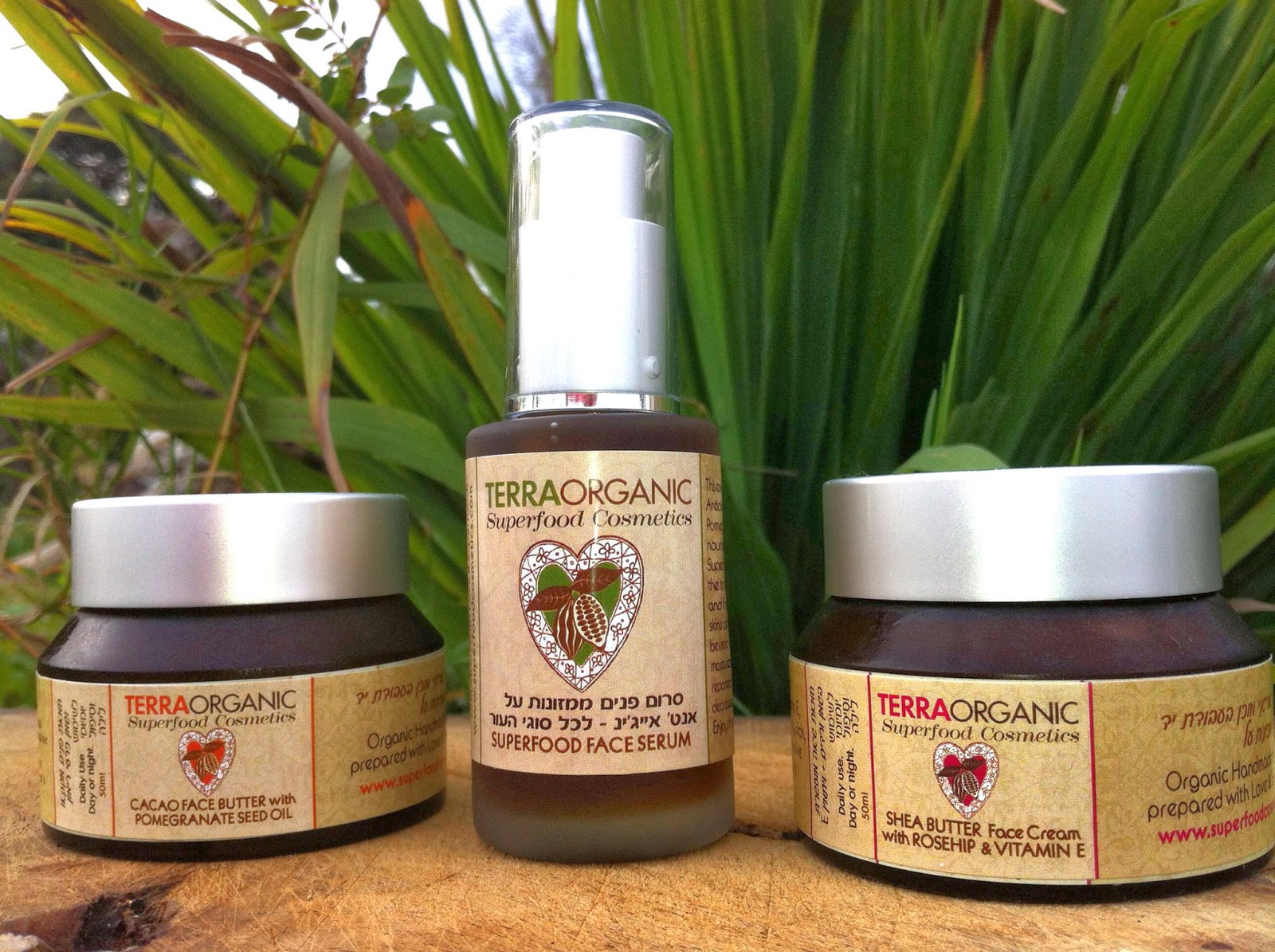“Until 1833, Cannabis Sativa was the largest agricultural crop in the world, and it was possible to obtain countless different products from this plant because the hemp plant has the most resilient natural fiber in the world.”
You can buy fabrics, oils, medicines and paper from it.
Until 1900, most textiles were hemp, and about 50% of drugs on sale, for almost the entire second half of the 19th century. Over 25,000 cellulose products (from dynamite to cellophane).
But as early as 1900 in the United States, surprising newspapers started to appear in the dangers of this damn plant that drove black people crazy and made them play "the devil's music": that's when the blues were born.
And a healed patient, who can also dress, eat and draw energy from the plant, was a lost customer. So cannabis or hemp have been banned in all its forms. It couldn’t compete with the emerging cotton, processed food and oil industries.
It used to be called "marijuana," a derogatory allusion to Mexicans (the first to bring this plant to the U.S.) who smoked it after hours of hard work.
Today, the substance that kills most people in the world (beats AIDS, heroin, crack, alcohol, cocaine, road accidents, fire and crime combined) is tobacco. However, in many countries it receives state subsidies and radioactive fertilizers are also used in its production.
Tobacco kills nearly 8 million lives annually worldwide; alcohol over 3 million. Caffeine is also responsible for nearly 10,000 deaths each year and another 7,500 people (U.S. alone) killed by painkillers.
If you think of addiction, for example, before cannabis, addiction levels (according to the World Health Organization) include nicotine, alcohol, heroin, cocaine, painkillers and coffee.
Four of the six substances listed (to which there may be added sugar according to a new study) are legal. '
Surprisingly, the most harmful substances are legal and substances for the benefit of the common man are strictly prohibited.
It's time to understand
M. Tow shop



Comments
Post a Comment